
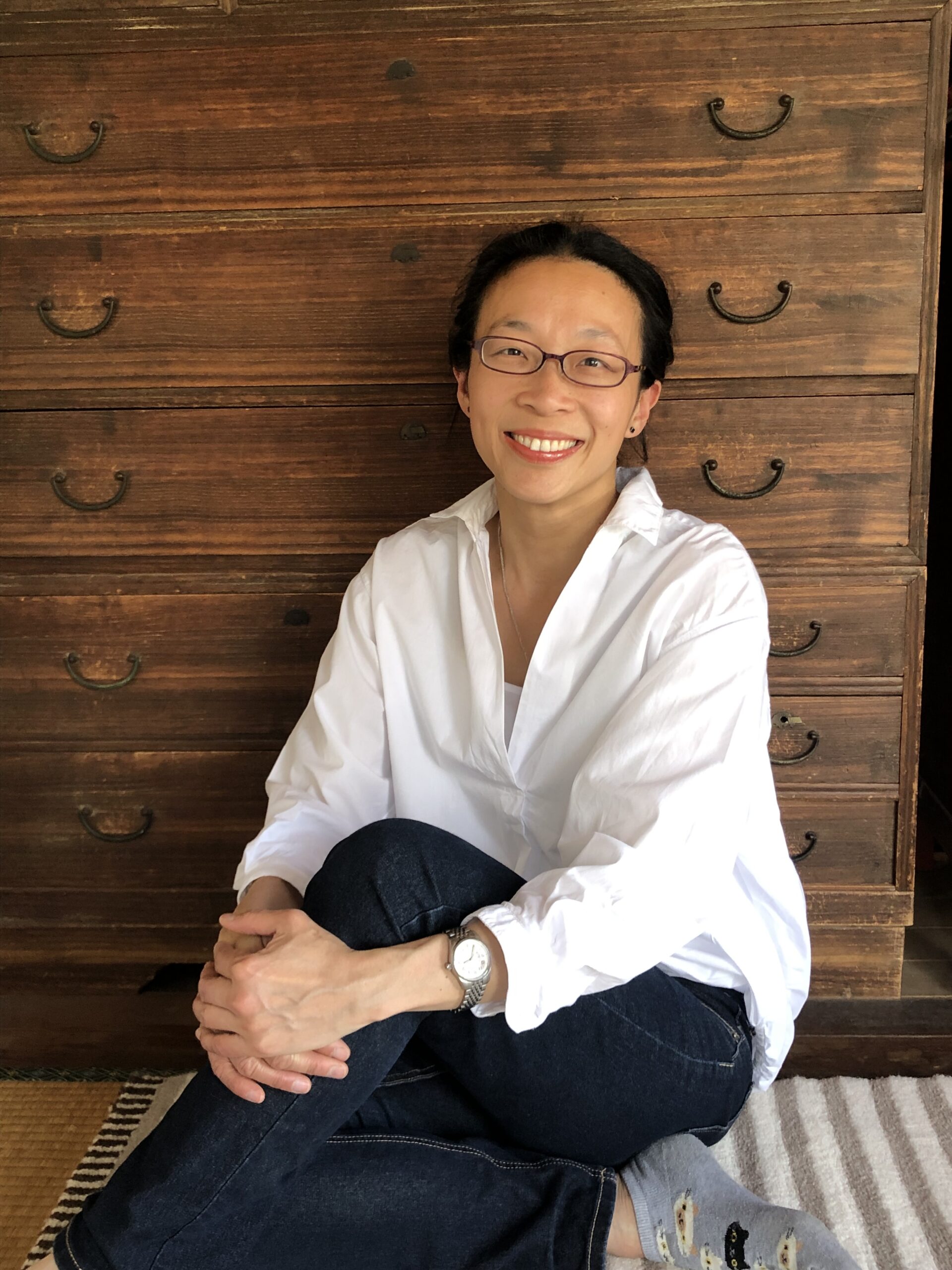
If you’re planning a trip to Japan, don’t miss the country’s most breathtaking temples—from Kyoto’s famous Golden Temple to hidden gems in Tokyo, Osaka, and Nara. We’ve put together a regional guide with tips and highlights to help you make the most of your visit.
Your Complete Guide to the Best Temples by Region

In the heart of Kyoto, shimmering in sunlight and reflected in still waters, stands one of Japan’s most beloved landmarks: Kinkaku-ji, the Golden Temple. Long admired for its beauty, this iconic site is once again capturing the world’s attention—not just for its gilded brilliance, but for what it represents: timeless elegance, spiritual depth, and the quiet power of tradition.
For travelers—whether first-time visitors or experienced cultural planners—Japan’s temples offer more than scenic beauty. They are living spaces of reflection, artistry, and history. From ancient capitals like Kyoto and Nara to vibrant cities like Tokyo and Osaka, each region presents its own unique temple culture and architectural legacy.
In this guide, we introduce the best temples in Japan by region, from the radiant Golden Temple to hidden mountain sanctuaries. Along the way, you’ll discover what makes each site special, how to visit respectfully, and how to deepen your journey through custom cultural experiences.
Must-Visit: Golden Temple Japan (Kinkaku-ji)
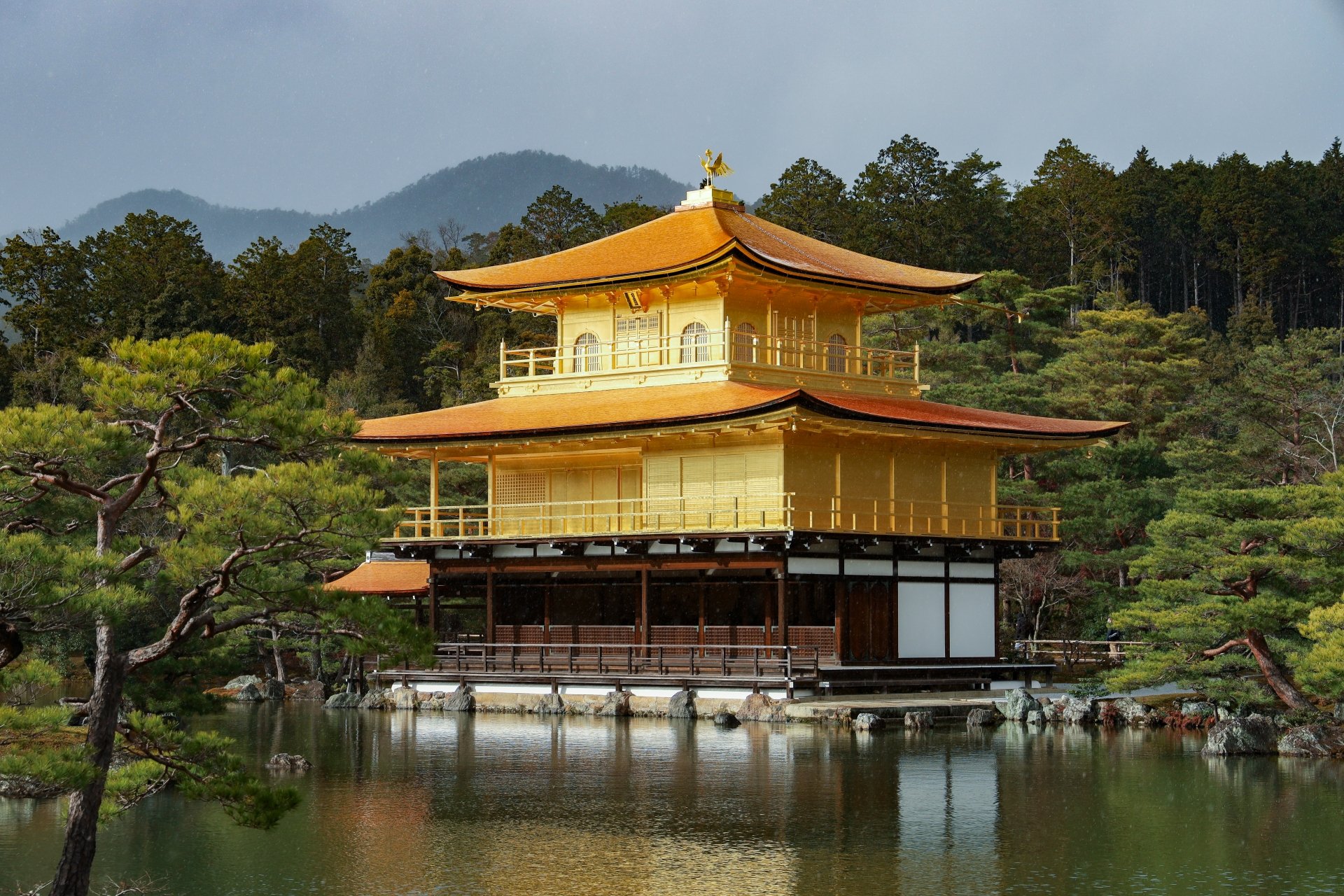
Few landmarks in Japan command the same sense of awe as Kinkaku-ji, Kyoto’s iconic Golden Pavilion. Originally built in the 14th century as a retirement villa for the shogun Ashikaga Yoshimitsu, it was converted into a Zen Buddhist temple after his death. The top two floors are covered entirely in gold leaf, reflecting both luxury and spiritual symbolism.
The temple has been rebuilt multiple times due to fires, with the current structure dating from 1955.
The temple sits beside a tranquil pond, with its golden reflection shimmering on the water’s surface—a sight that has captivated visitors for centuries. The surrounding gardens are designed in the traditional strolling style, offering different views as visitors walk the paths.
Visitors can enjoy tea at the nearby tea house, observe seasonal flora, and purchase omamori (protective charms) and souvenirs at the temple shop. Photography is permitted but respectful behavior is requested.
Located in the northwest of Kyoto city, Kinkaku-ji is easily reached by bus from Kyoto Station (approximately 40 minutes). The nearest bus stop is Kinkakuji-michi.
Best Temples in Kyoto
Ginkaku-ji (Silver Pavilion)
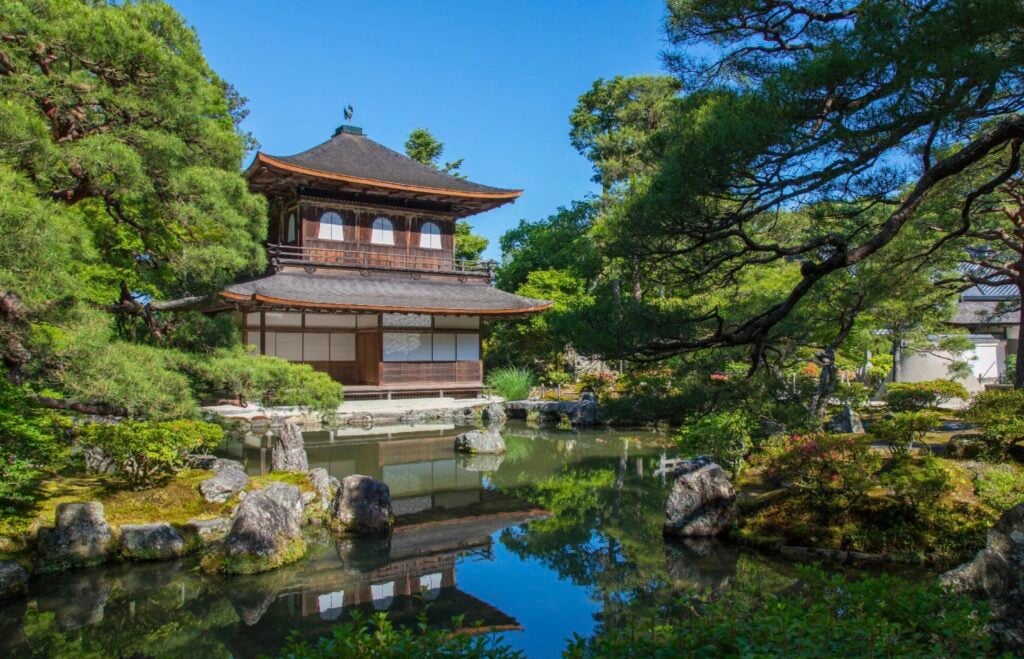
Unlike Kinkaku-ji, Ginkaku-ji was never covered in silver. It embodies the principles of wabi-sabi—simple, rustic beauty. The temple’s gardens and moss-covered grounds are a peaceful retreat, featuring a carefully maintained sand garden called the “Sea of Silver Sand.”
Visitors often walk the surrounding Philosopher’s Path, a scenic trail along a canal, especially beautiful in cherry blossom season.
Located in eastern Kyoto, about 15 minutes by bus from Kyoto Station or the city center.
Kiyomizu-dera
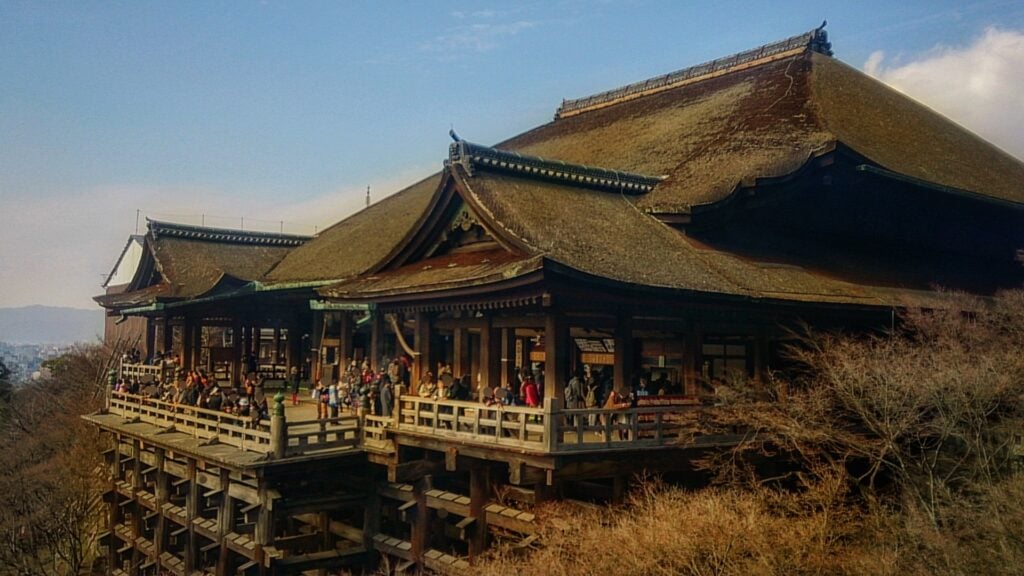
Famous for its wooden stage that juts out from the hillside, Kiyomizu-dera offers sweeping views of Kyoto, especially stunning in spring and autumn. The temple complex includes the Otowa Waterfall, where visitors drink sacred water believed to grant health and longevity.
Visitors can explore nearby traditional streets with shops selling crafts and sweets, participate in seasonal festivals, and purchase protective amulets.
Located in eastern Kyoto near the Higashiyama district, accessible by bus or a 20-minute walk from Kiyomizu-Gojo Station.
Kyoto Temple Culture
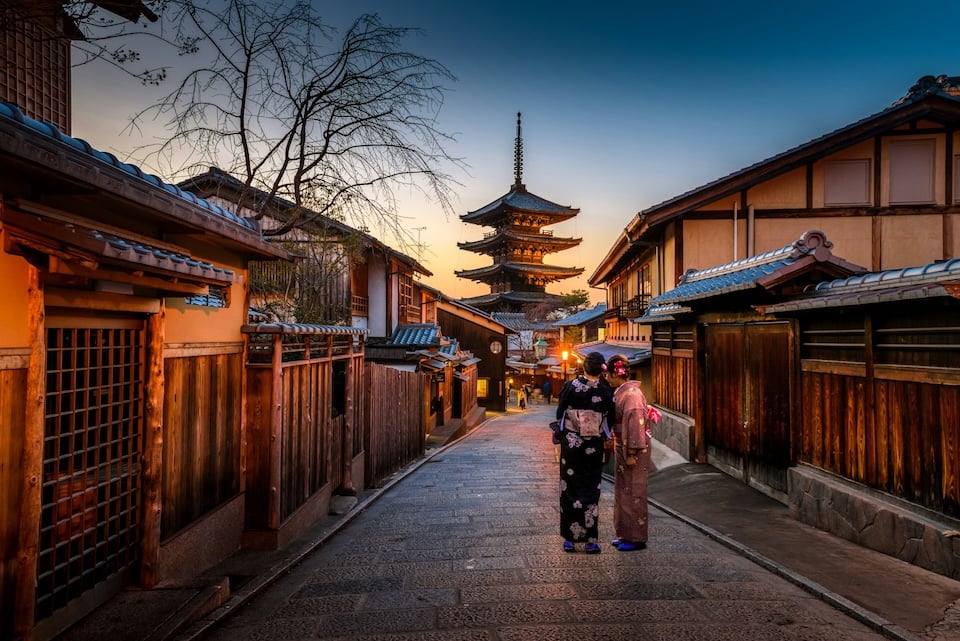
Kyoto, Japan’s imperial capital for over a millennium, remains the spiritual and cultural soul of the nation.
With over a thousand temples woven into its scenic landscape, the city invites visitors into a world of contemplative beauty and historical depth.
From the gold-leaf brilliance of Kinkaku-ji to the quiet Zen minimalism of Ryōan-ji, each temple tells a story of artistry, devotion, and seasonal elegance.
Whether blanketed in cherry blossoms or framed by crimson maple leaves, Kyoto’s temples offer a profound sense of harmony between architecture and nature—an enduring testament to Japan’s refined spiritual heritage.spiritual heritage.

Best Temples in Tokyo
Sensoji Temple
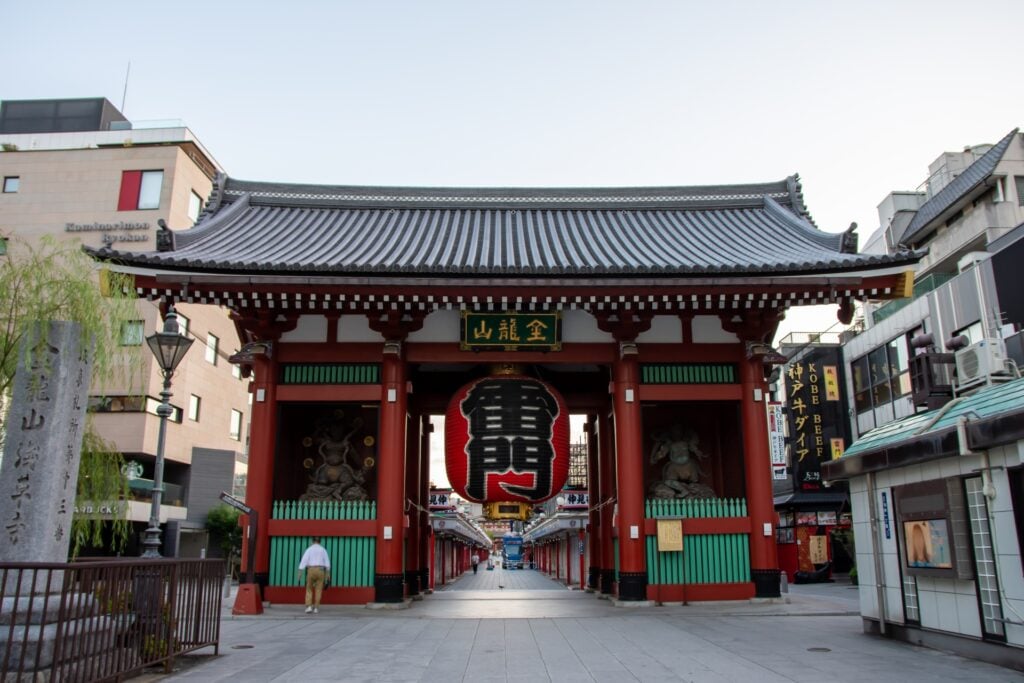
As Tokyo’s oldest and most visited temple, Sensoji in Asakusa offers a vivid encounter with Japan’s spiritual and cultural traditions. Founded in the 7th century, it is instantly recognizable by its Kaminarimon (Thunder Gate) and the grand Hozomon Gate, which lead into the vibrant Nakamise-dori, a centuries-old shopping street lined with stalls selling handcrafted souvenirs, folding fans, yokan sweets, and freshly made ningyo-yaki cakes.
Visitors can draw omikuji (fortune slips), observe incense rituals at the main hall, and enjoy the energy of seasonal festivals—especially the Sanja Matsuri, one of Tokyo’s most dynamic Shinto celebrations. For a moment of quiet, the temple’s rear garden offers a peaceful space often overlooked by the crowds.
Located in Asakusa, easily accessible via Asakusa Station (Ginza, Asakusa, and Tobu lines).
Zojoji Temple

Once the family temple of the Tokugawa shogunate, Zōjō-ji offers a rare blend of historical gravitas and urban contrast, standing gracefully beneath the modern silhouette of Tokyo Tower. Its grand Sangedatsumon gate and serene grounds provide a contemplative space amid the capital’s bustle.
Visitors can tour the temple grounds, explore the Tokugawa mausoleum, learn about Tokugawa history, and attend Buddhist ceremonies.
Located in Minato, near Tokyo Tower; accessible by Oedo Line or Toei Mita Line (Onarimon Station).
Tsukiji Honganji Temple
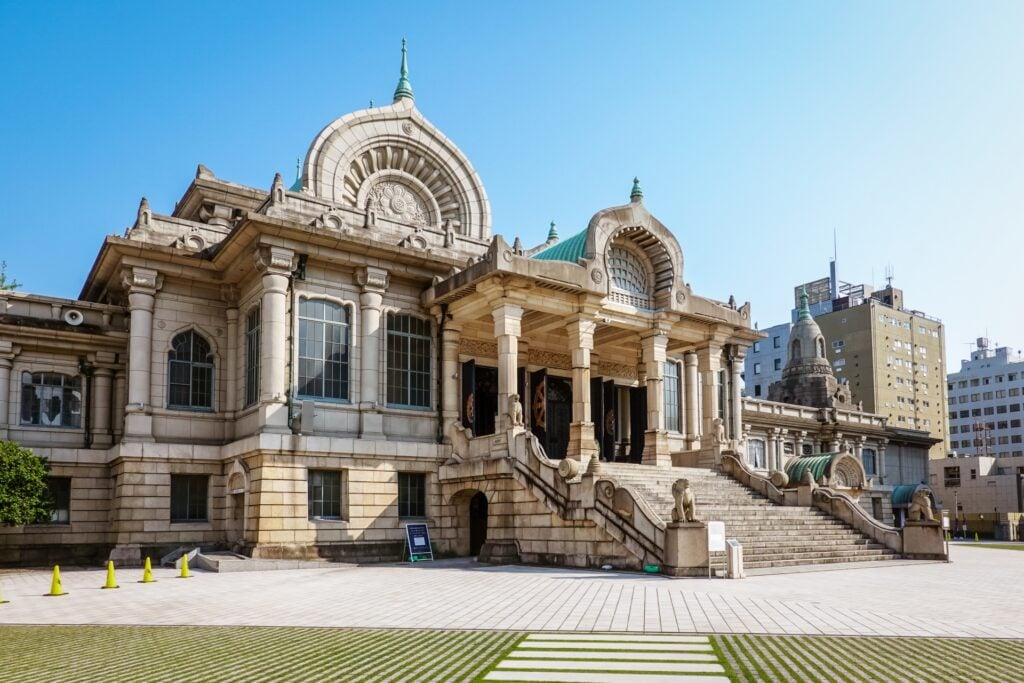
Unlike most traditional Japanese temples, Tsukiji Honganji stands out with its bold fusion of South Asian and Western architectural elements—its stone exterior reminiscent of ancient Buddhist temples in India, yet punctuated with Art Deco and Romanesque touches. This design reflects the temple’s forward-looking spirit while honoring ancient traditions.
Visitors can attend concerts, lectures, and cultural events regularly held on-site, and admire the temple’s striking animal motifs—look closely to spot elephants, lions, and other symbolic creatures adorning its stonework.
Near Tsukiji Station, accessible via the Tokyo Metro Hibiya Line.
Tokyo Temple Culture
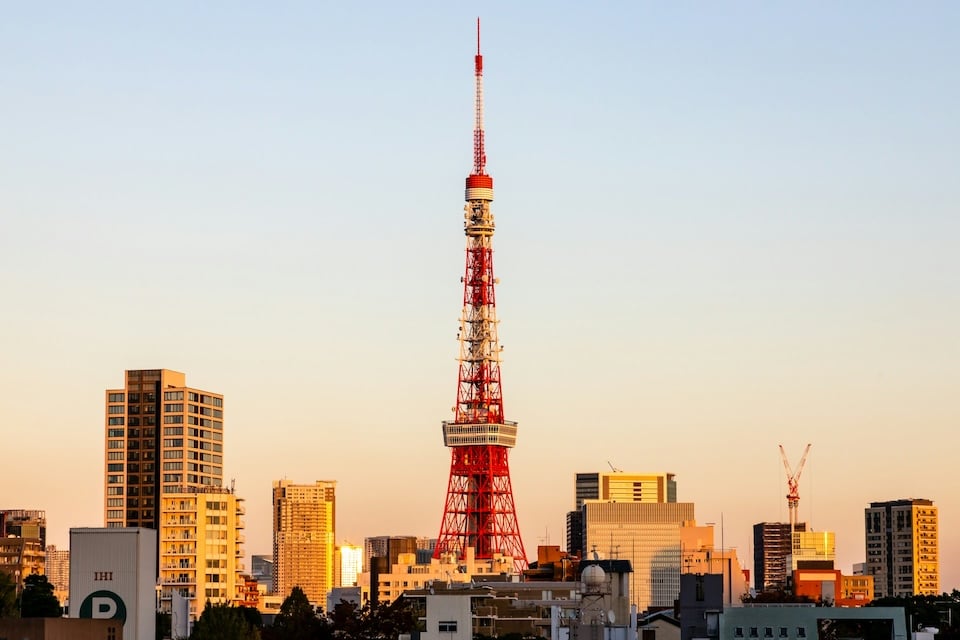
Tokyo’s temples provide a captivating juxtaposition of timeless tradition and futuristic urban energy.
Amid the city’s sprawling skyline and fast-paced rhythm, these sacred spaces offer serene retreats where centuries-old practices continue to thrive.
From the iconic Sensoji Temple in Asakusa—where incense smoke mingles with the buzz of tourists—to the architectural fusion of Tsukiji Honganji, Tokyo’s temples reflect the city’s diversity and resilience.
Many are deeply woven into the fabric of daily life, hosting seasonal festivals, rituals, and cultural events that connect past and present.
Visiting these temples reveals a quieter, contemplative side of Tokyo often hidden beneath its surface sparkle.
Best Temples in Osaka
Shitennoji Temple

Founded in 593 by Prince Shotoku, Shitennoji is one of Japan’s oldest temples. Highlights include the central five-story pagoda, the main lecture hall, and the treasure house, which holds sacred artifacts and historical documents and are significant cultural properties. The temple also hosts seasonal festivals that blend solemn ritual with community vibrancy.
Visitors can participate in traditional Buddhist services, stroll through its peaceful gardens, and browse weekend flea markets offering antiques, crafts, and regional foods.
Near Tennoji Station, accessible by JR and subway lines.
Inunakisan Shippo Takiji Temple
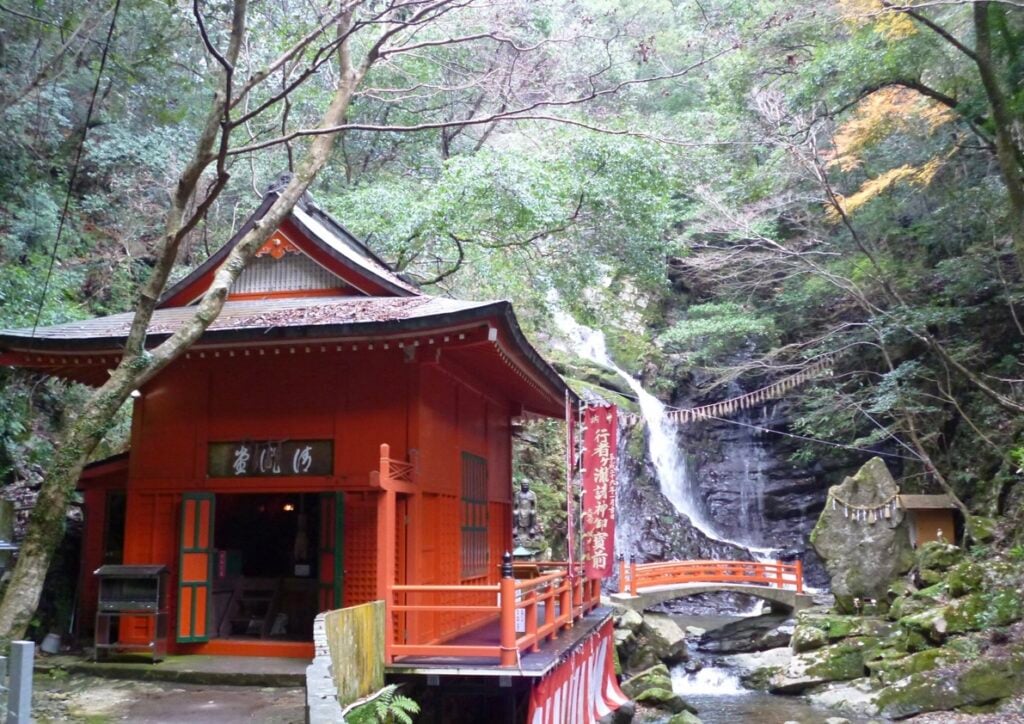
Nestled in the forested hills of Izumisano, Inunakisan Shippo Takiji Temple offers a rare encounter with nature-based spirituality. Revered for its association with Shugendo (mountain ascetic practices), this temple is a sanctuary for reflection, purification, and physical discipline. Surrounded by cascading waterfalls and moss-covered paths, the atmosphere encourages introspection and renewal.
Visitors can join guided meditation or prayer sessions, embark on scenic hiking trails, or observe (and in some cases, experience) traditional ascetic rituals.
Located in the mountains near Osaka; best accessed via local bus or car.
Isshinji Temple
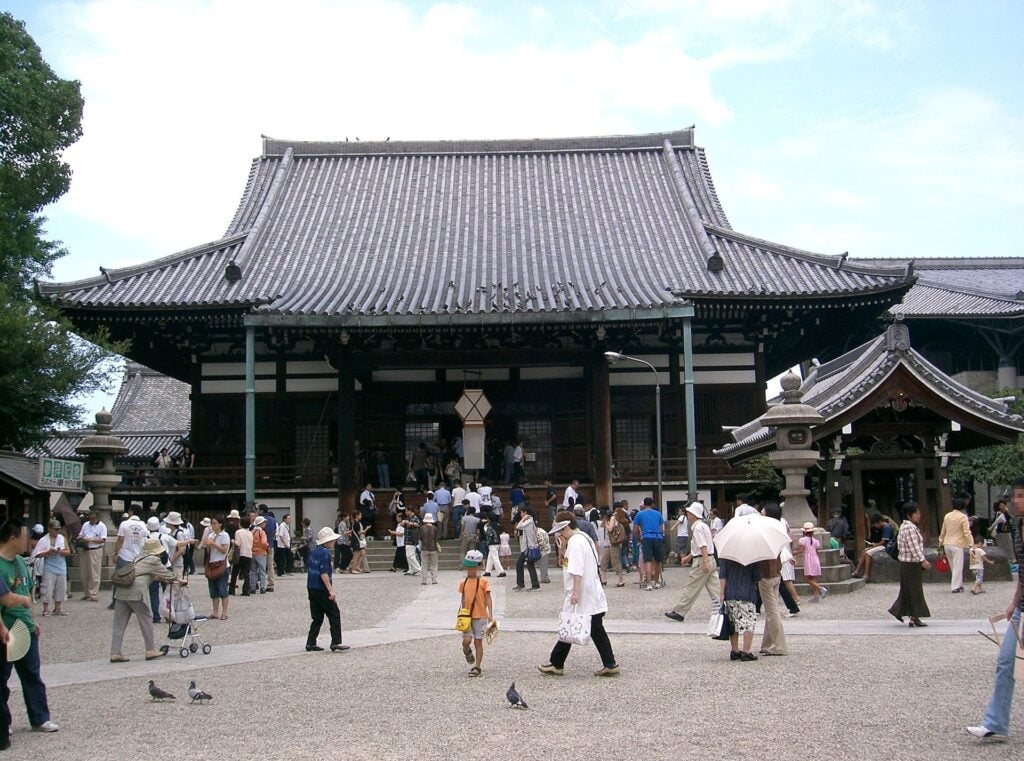
A truly unique destination in Osaka, Isshinji Temple is best known for its Okotsubutsu—Buddha statues made from the cremated ashes of over two million believers. This rare practice reflects the temple’s deep connection to the cycle of life and death and its role as a place of both remembrance and renewal. The temple’s modern architectural elements and contemporary art installations stand in compelling contrast to its ancient roots.
Visitors can explore the striking main hall, reflect before the Okotsubutsu statues, and witness or join memorial services held throughout the year. The temple grounds also feature murals, gates, and a peaceful atmosphere that blends tradition with bold innovation.
Easily accessible from Tennoji Station, Isshinji sits near the entrance to Tennoji Park, making it an ideal cultural stop within a broader day in southern Osaka.
Osaka Temple Culture
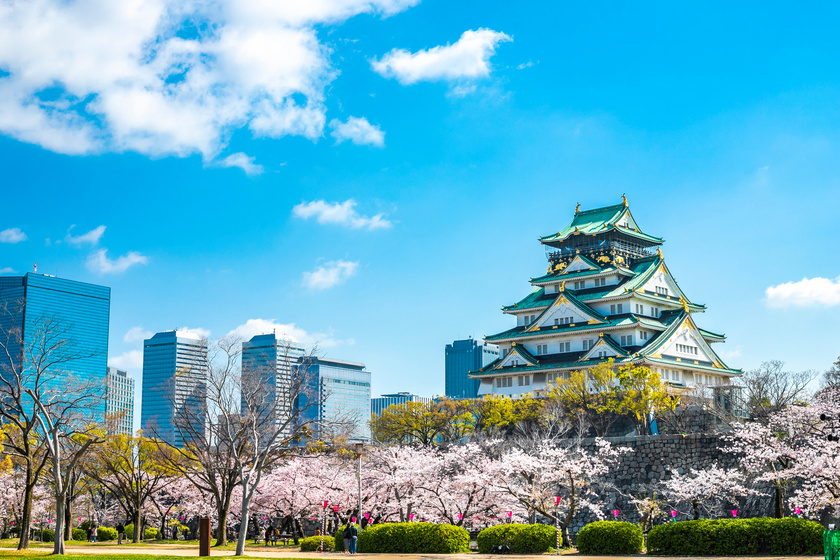
Osaka’s temples offer a unique fusion of historical depth and the city’s famously vibrant spirit.
Unlike the more serene atmosphere of Kyoto or Nara, Osaka’s temple culture often feels alive and integrated into daily life.
Many of its temples—such as Shitennoji, one of Japan’s oldest, and Isshinji, known for its artistic Okotsubutsu statues—serve not only as places of worship but also as dynamic community centers.
Seasonal festivals, flea markets, and open-air rituals reflect the city’s down-to-earth, welcoming character.
Visitors to Osaka’s temples can expect a blend of spiritual reverence, artistic expression, and local warmth that brings Buddhist traditions into the heart of modern urban life.
Best Temples in Nara
Todaiji Temple
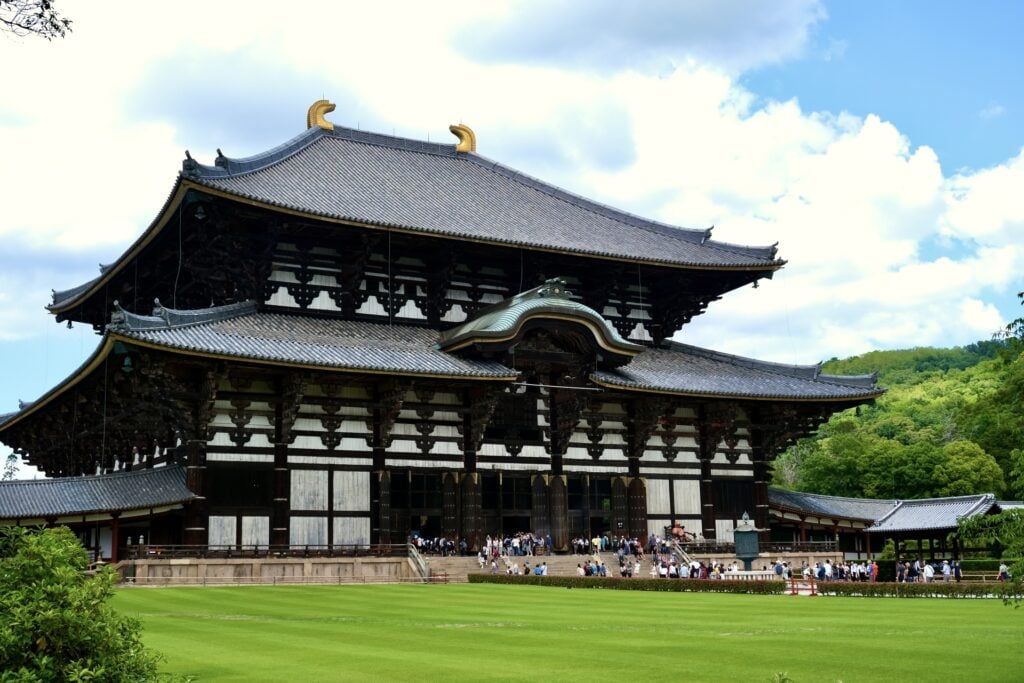
Home to the Daibutsuden, the world’s largest wooden building housing a giant bronze Buddha statue (Daibutsu). Commissioned in the 8th century by Emperor Shōmu, the temple played a central role in the spread of Buddhism across Japan and remains one of the most historically significant temples in the country. Designated as a UNESCO World Heritage Site, its vast precincts include several sub-temples, gardens, and cultural treasures.
Visitors can explore the temple museum, pass through the famous Nandaimon Gate guarded by fierce wooden Nio statues, stroll scenic Nara Park, and interact with the friendly deer that roam freely.
A short walk from Kintetsu Nara Station or JR Nara Station.
Kofukuji Temple
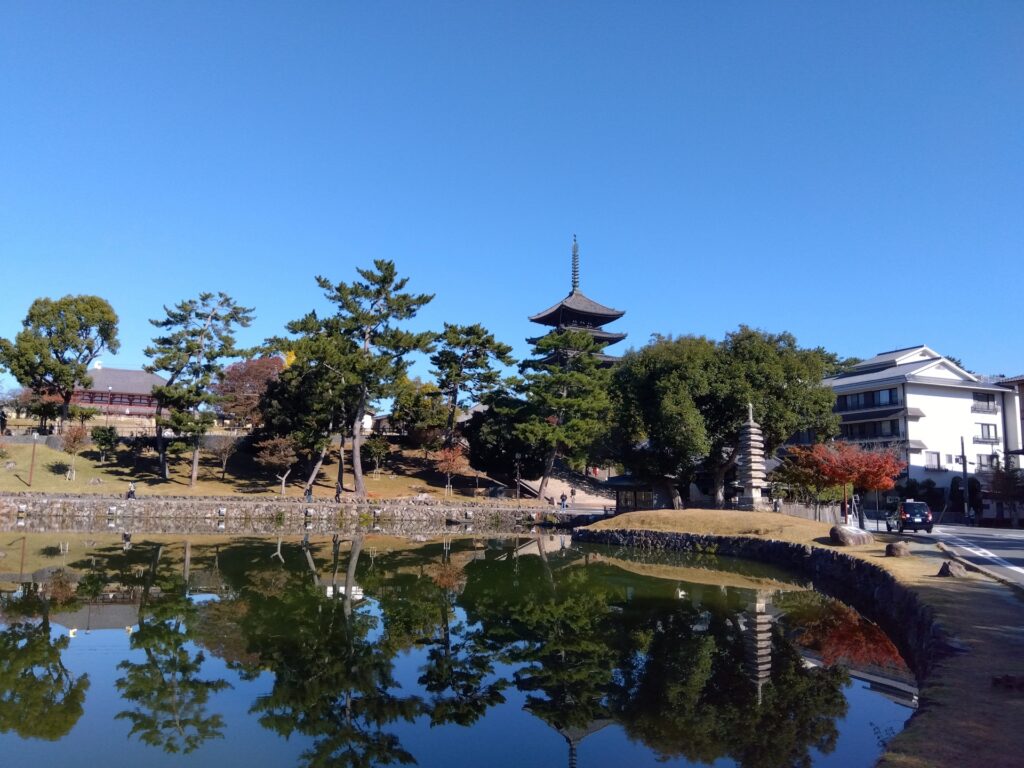
Once the powerful family temple of the Fujiwara clan, Kōfukuji is renowned for its striking five-story pagoda—Japan’s second tallest—and its treasure-rich museum. As a UNESCO World Heritage Site and part of the “Historic Monuments of Ancient Nara,” it offers a compelling glimpse into Nara’s Buddhist legacy.
Explore the Eastern Golden Hall and National Treasure Museum, which houses masterpieces of Buddhist sculpture. Seasonal illumination events and cultural exhibitions offer immersive ways to experience temple life.
Centrally located in Nara Park, just a 10-minute walk from JR or Kintetsu Nara Station, and surrounded by deer roaming freely.
Horyuji Temple

Founded in 607 by Prince Shōtoku, Hōryū-ji is a UNESCO World Heritage Site and home to the world’s oldest surviving wooden structures. The temple complex showcases refined Asuka-period architecture and a profound spiritual legacy. Highlights include the Five-Story Pagoda, the Main Hall, and the Yumedono (Hall of Dreams), each housing priceless Buddhist art.
Visitors can stroll through spacious grounds, explore the temple’s renowned treasure gallery, and appreciate rare historical artifacts in a peaceful, uncrowded setting.
Accessible by bus from Nara or via train to Horyuji Station.
Nara Temple Culture
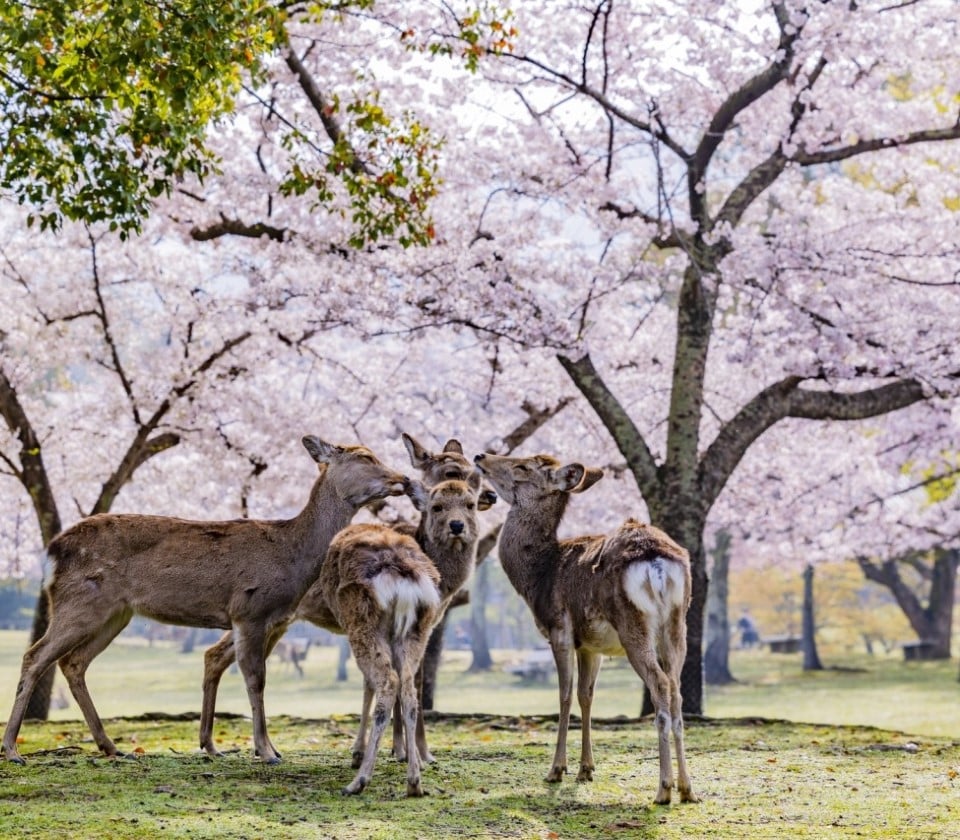
Nara, Japan’s first permanent capital, offers a serene and spacious temple experience steeped in history and surrounded by natural beauty.
Renowned for landmarks like Tōdaiji with its towering Great Buddha and the tranquil grounds of Kōfukuji, the city blends architectural grandeur with a deep spiritual atmosphere.
Many temple sites are set within expansive parks where deer—considered sacred messengers—roam freely, adding a unique charm to every visit.
With fewer crowds and a slower pace than Kyoto or Tokyo, Nara invites quiet reflection, making it an ideal destination for those seeking both cultural richness and peaceful retreat.
Temple Visit FAQ: Etiquette Tips
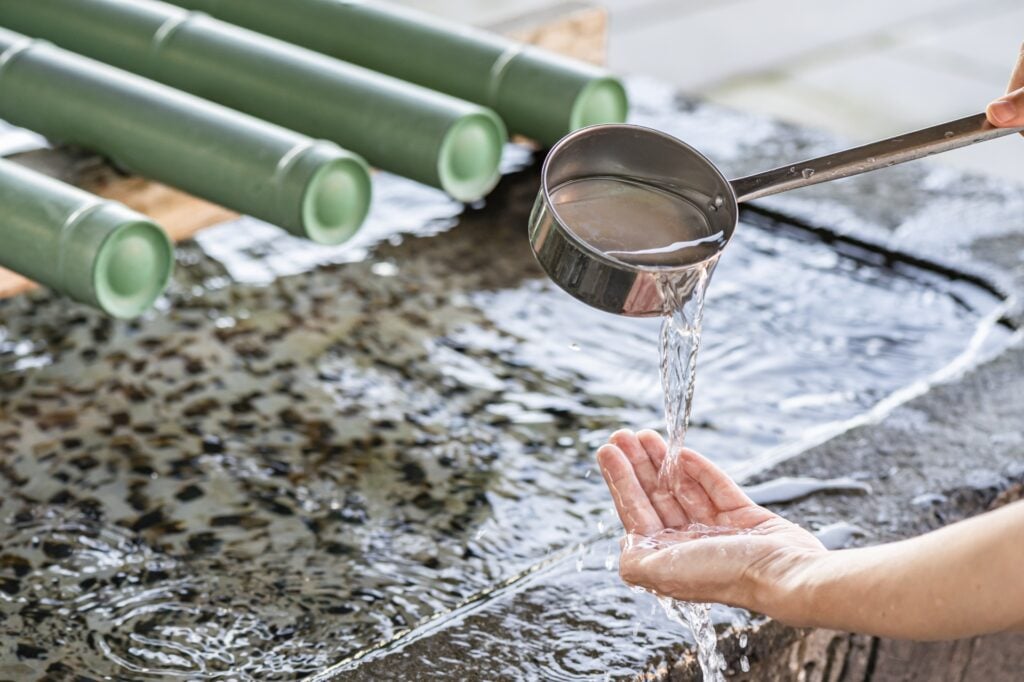
Q: What is proper temple etiquette in Japan?
Bow upon entering. Purify your hands and mouth at the chozuya (water basin) before approaching the main hall. Each temple may have specific rules for offerings and prayers, so observe these practices thoughtfully. Maintain a quiet, respectful atmosphere throughout your visit.
Q: What should I wear to Japanese temples?
Choose modest, comfortable attire suitable for walking. Non-slip footwear is advisable as temple grounds can be uneven. Remove hats and sunglasses inside temple buildings.
Q: When is the best time to visit temples?
Early morning or late afternoon offer more contemplative experiences. Weekends and Japanese public holidays draw the largest crowds. Plan visits during off-peak seasons such as late autumn or winter weekdays for tranquility.
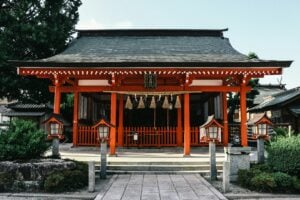
Custom Temple Tours: Expert Cultural Experience
Planning a visit to Japan’s iconic temples becomes seamless and unforgettable with MOTENAS JAPAN. Our expert multilingual guides and concierge team tailor each itinerary to your interests.
Whether you’re an executive group seeking team-building through Zen meditation or a family exploring Japan’s spiritual heritage for the first time, enjoy exclusive access to select temple areas and seasonal events not open to the general public.
Combine your cultural journey with curated local dining, luxury transport, and refined accommodations. From Kyoto’s Golden Pavilion to hidden treasures in Tokyo, Nara, and Osaka, MOTENAS JAPAN ensures your experience is not only meaningful—but extraordinary.
A mom of three in a multicultural family (American × Filipino × Chinese × Japanese) and a well-loved private tour guide based in Tokyo.
Known for my warm hospitality and thoughtful, personalized tours, I consistently receive five-star reviews from international guests.
Drawing from my own cross-cultural life and travel experiences, I love introducing visitors to Japan’s charm — from hidden backstreets to heartfelt local moments.





